Childcare prices remain high. At a time when prices for a number of goods have increased, childcare prices continued to outpace inflation in 2021, according to CCAoA’s Child Care Affordability Analysis.
This is terrible news for families who struggle to afford child care. This is also bad news for employers and communities, who benefit from widespread access to affordable, high-quality child care. Unfortunately, past public investments have not been enough to fully support the system and have created a precarious situation for child care, one that relies heavily on families to foot the bill. While recent investments in response to the COVID-19 pandemic may have helped to stabilize some of the supply of child care, the system and the families it serves are still fighting toward thriving.
The lack of affordable child care has particularly hard-hit women. Recent findings from the RAPID-EC survey indicate that 40% of female respondents had left their jobs or cut back on their work schedules due to childcare constraints. When families don’t have access to affordable, high-quality child care, children miss meaningful child development opportunities, employers face losses as they struggle to find workers, and our economy sees overall challenges.
CCAoA’s Child Care Affordability Analysis found that in 2021:
The national average price of child care was around $10,600 annually. This would comprise 10% of a married-couple family’s average annual income and 35% of a single parent’s income.
The increase in childcare prices slightly outpaced inflation, much higher than the inflation rate in prior years.
In most states, the price of child care for two children exceeded annual housing payments by 28% to over 100%.
Similarly, the price of child care for an infant in a center exceeded annual in-state tuition at a public university in 34 states.
Child care for two children in a center would cost a childcare workforce professional anywhere from 56% to over 100% of annual income.
Child care was more expensive than most other household expenses, such as housing and health care, in all U.S. regions.
Affordability of Child Care for Families In all states, the price of child care in most settings, for most age groups, remains higher than what is considered affordable. In Tennessee: The median income for a married couple is $89,801, which means center-based child care for an infant would use 12% of family income. The median income for a single-parent family is $26,782, which means center-based child care for an infant would use 40% of the family income.

